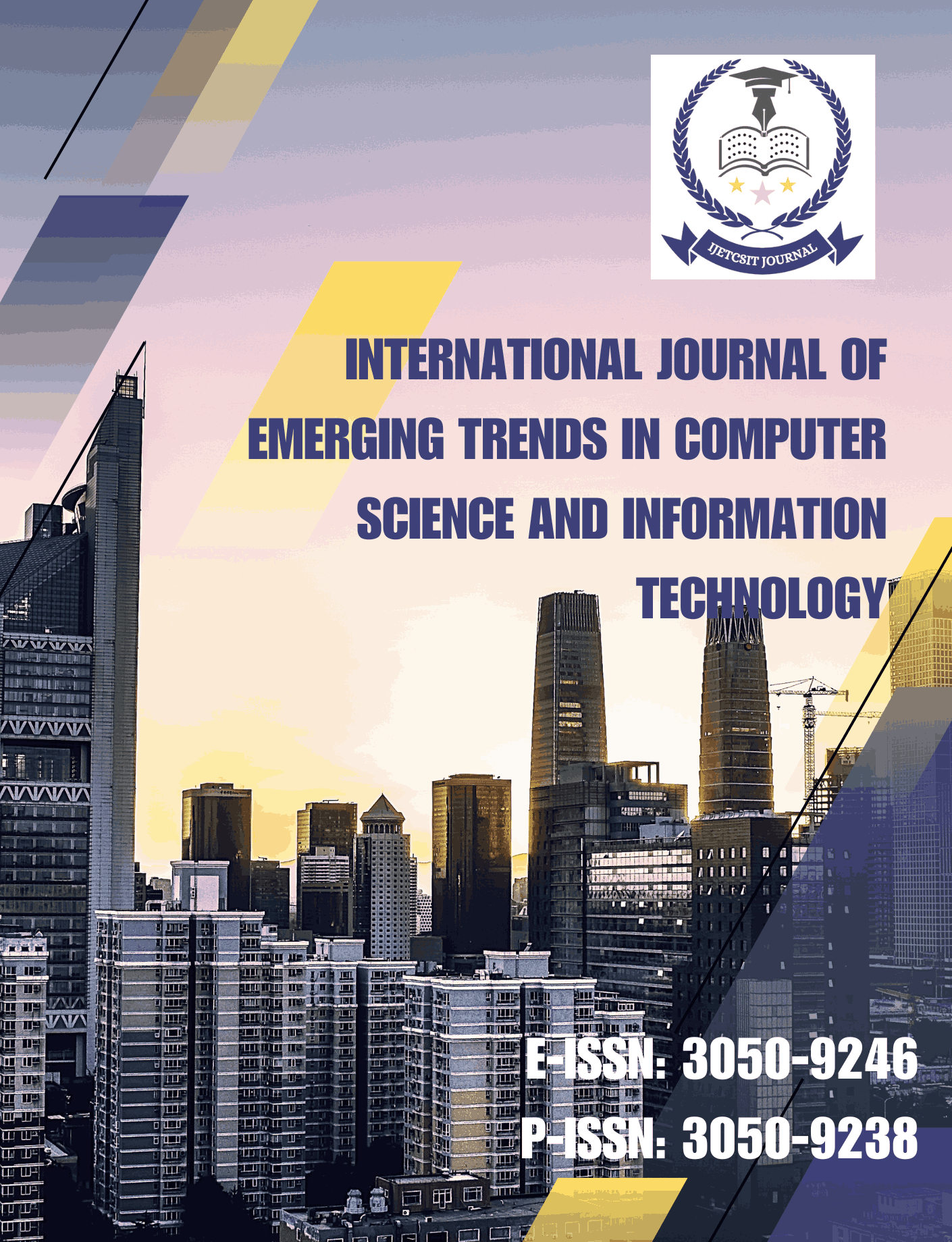A Healthcare-Focused Approach to Privacy-Preserving Data Analytics in Azure Confidential Computing Environments
DOI:
https://doi.org/10.63282/3050-9246.IJETCSIT-V6I4P101Keywords:
Azure Confidential Computing, Privacy-Preserving Analytics, Trusted Execution Environment (TEE), HIPAA Compliance, Healthcare Data Security, Azure SQL Always Encrypted, Azure Confidential VM, Patient Readmission Prediction, Secure Machine Learning, Real-Time Encrypted Analytics, U.S. Healthcare IT, TEEs in Cloud, Federated Data Collaboration, Zero Trust ArchitectureAbstract
As healthcare in the US becomes more digital, it is more important than ever to find a balance between using data to drive innovation and following strict rules about patient privacy (like HIPAA and HITECH). Even though traditional cloud platforms have strong security, they often leave data open to attack while it is running, which is a big problem for sensitive health data analytics. This paper looks at how Microsoft Azure's Confidential Computing framework, which is based on hardware-based Trusted Execution Environments (TEEs) like Intel SGX and AMD SEV, makes it possible to do analytics in real-time healthcare settings without compromising privacy. We suggest a secure analytics architecture that includes secure enclaves with Azure Confidential VMs, Azure Machine Learning, and Azure SQL Always Encrypted. We show how this architecture makes sure that it follows the rules, can grow as needed, and protects data with zero trust all without hurting analytical performance by using a detailed case study of HIPAA-compliant predictive analytics for patient readmission risk at a regional hospital network in the U.S
Downloads
References
[1] Segarra, C., Delgado-Gonzalo, R., Lemay, M., Aublin, P.-L., Pietzuch, P., & Schiavoni, V. Using trusted execution environments for secure stream processing of Medical Data. SpringerLink. https://link.springer.com/chapter/10.1007/978-3-030-22496-7_6
[2] Microsoft Azure. (2024). Documents for Confidential Computing. https://learn.microsoft.com/en-us/azure/confidential-computing
[3] The U.S. Department of Health and Human Services (2023). Rule for HIPAA Privacy. https://www.hhs.gov/hipaa/for-professionals/privacy/index.html
[4] Tang, H., Li, Z., and Wang, J. (2020). Using TEEs in healthcare to share data safely and keep privacy. IEEE Journal of Biomedical and Health Informatics, 24(8), pages 2304–2313.
[5] Intel. (2023). An Overview of Intel SGX. https://www.intel.com/content/www/us/en/architecture-and-technology/software-guard-extensions.html
[6] AMD. (2023). White Paper on AMD SEV-SNP. https://www.amd.com/en/technologies/sev
[7] The Centers for Medicare and Medicaid Services (CMS). (2024). Program to cut down on hospital readmissions. https://www.cms.gov/medicare/medicare-fee-for-service-payment/acuteinpatientpps/readmissions-reduction-program
[8] Gartner. (2021). Confidential Computing: New Technologies. https://www.gartner.com/document/400509
[9] Panyaram, S. (2024). Utilizing quantum computing to enhance artificial intelligence in healthcare for predictive analytics and personalized medicine. FMDB Transactions on Sustainable Computing Systems, 2(1), 22-31.
[10] Sehrawat, S. K. (2024). Leveraging AI for early detection of chronic diseases through patient data integration. AVE Trends in Intelligent Health Letters, 1(3), 125-136.





